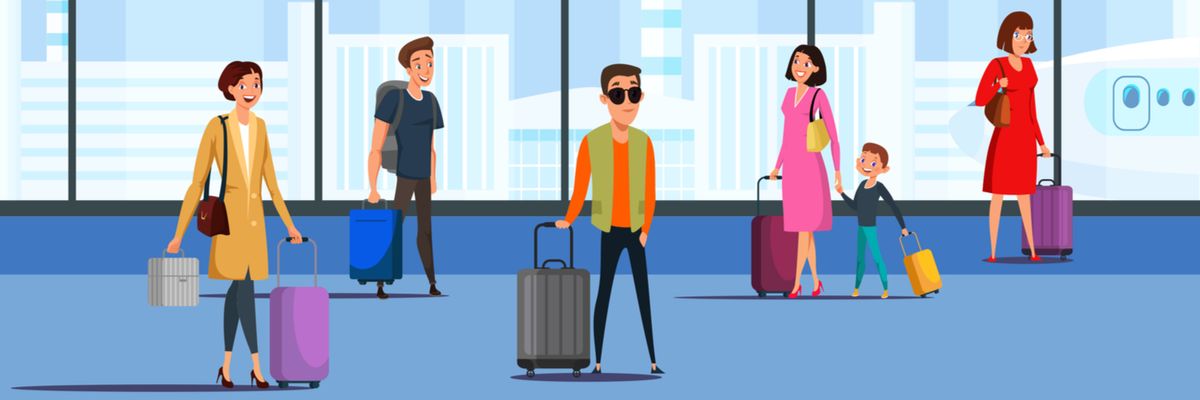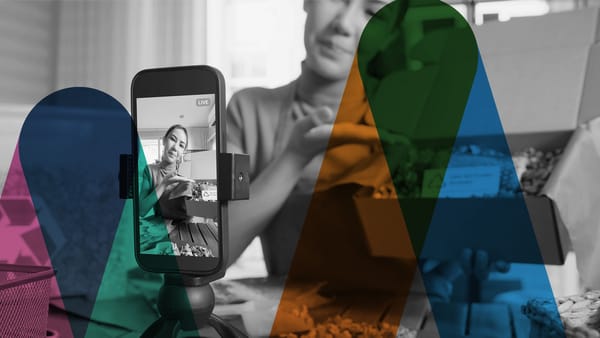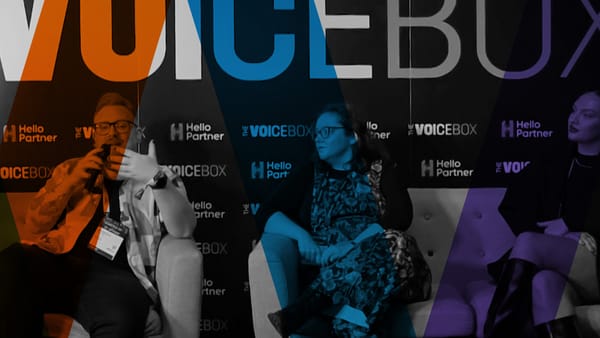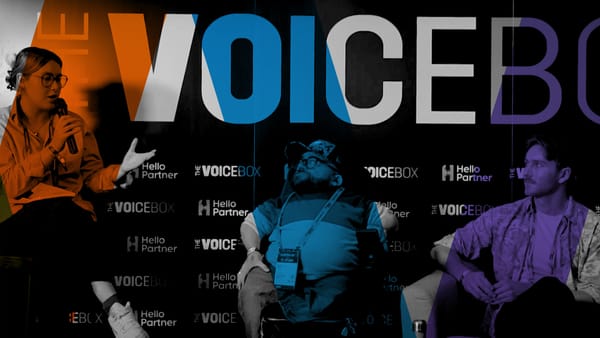It’s no secret that the travel and tourism industries were hit hard by the pandemic. The travel ban shut borders and grounded flights. Hotels were forced to close and bustling tourist hubs fell silent. In the first half of 2020, international tourism was down by 65%.
Even travel influencers who are usually jet set were locked down, losing lucrative collaboration deals. Instead of sharing luxurious escapes and adventures, they shared the interiors of their rarely-seen homes and ‘local neighbourhood gems’.
Slow steps to recovery
More than a year later, with many vaccines rolled out, things are starting to look up for global travel and tourism. People have been cooped up in their homes with nothing but time to plan their next escape. There is a lot of pent up wanderlust, particularly among the younger generations.
93% of Gen Z are planning future trips, according to a survey, and far-flung destinations are most in demand. A destination ‘far from home’ came top of the wish list for 32%, while 29% said they want to tick off ‘bucket-list destinations.
In the UK, Tripadvisor reports that between May 2020-2021, hotel searches were up more than in any other major market. The same report claims that a third of us have already booked at least one vacation this year and a half are planning to do so.
Tapping into wanderlust
Travel and tourism brands know that engaging these planners will be essential to their recovery. Now is a crucial time to drive consideration. Since 86% of people (specifically 92% of Gen Z) said that they’ve become interested in a location after seeing user-generated content, influencers are once again finding themselves highly in demand.
Not only are they a trusted route to the consumer, but they are also the experts in creating the kind of images that stand out in the feed and have you booking a flight immediately. However, brands and influencers both have to tread a fine line when it comes to travel content. Striking a balance between escapism and safety is essential to avoid alienating consumers. Particularly at a time where a global audience may be grappling with a very different set of circumstances.
Safety first
“I am travelling again, both for fun and for work,” says Vamp creator, Kelsey Heinrichs, “But I’m avoiding promoting travel to red list and amber list countries. I’m conscious of my followers’ budgets and I don’t want anyone to get caught overseas and have to fork out thousands of pounds on hotel quarantine.
“I think it’s really important that creators take responsibility for promoting safe travel — and remain relatable. Posting a trip to the Maldives right now isn’t obtainable, on a few levels! Instead, I’m focussing on UK travel locations and days out in London.”
For marketers, brand safety will be top of mind. I’d advise partnering with influencers you know you can trust, either from previous collaborations or from within a vetted community. Then be clear upfront with any safety information you want to be included in posts or captions.
You could even encourage your influencer partners to show ‘behind the scenes’ style footage of their safety precautions. While this might be a slight departure from the polished content you are used to, it taps into a natural curiosity. Many of your customers will have some anxiety before travelling again for the first time. Seeing this could help put their mind at risk while showing your brand ambassadors to be responsible and compliant.
Future planning
As well as observing safety protocol, tapping into post-pandemic trends in your social campaigns could help to engage travellers. We’re seeing two opposing customer segments emerge: ‘Staycationers’ and ‘Adventurers’.
The former is driven by a renewed focus on supporting local businesses and attempts to ‘make the best’ of travel restrictions. These Staycationers are looking to stay local, make road trips and explore their home countries. Brands have continued to target this customer via travel influencers, now experts in finding hidden gems, picture-perfect locations and once-in-a-lifetime experiences in their hometown. TomTom recently engaged Vamp influencers to show how easy it is to explore your home with their Go Nav app.
The Adventurers, meanwhile, are driven by the idea that life is short and can change in the blink of an eye. They are seeking new, once-in-a-lifetime adventures and travel experiences that physically challenge them. Much Better Adventures saw a surge in daredevils booking trips like trekking to Mount Everest’s base camp and 100km expeditions in Greenland. And Intrepid Travel says their Everest expeditions have also been popular, alongside walking the Inca trail and Antarctica Expeditions.
Whether we’re using it to plan a trip close to home or our next big adventure, our appetite for travel content is huge. In March, Pinterest revealed travel searches on its platform were at an all-time high. And as the world and tourism industry slowly goes back to some sort of ‘new normal’, this is only set to increase. Setting a content plan in place now will leave you well placed to reap these returns.
Kelsey says she welcomes the return to normality: “I’ve certainly noticed over the past few months I’ve been getting more opportunities from travel brands and hotels which is really promising. I really want to support the tourism industry. I think everyone’s just desperate for things to go back to normal.”








